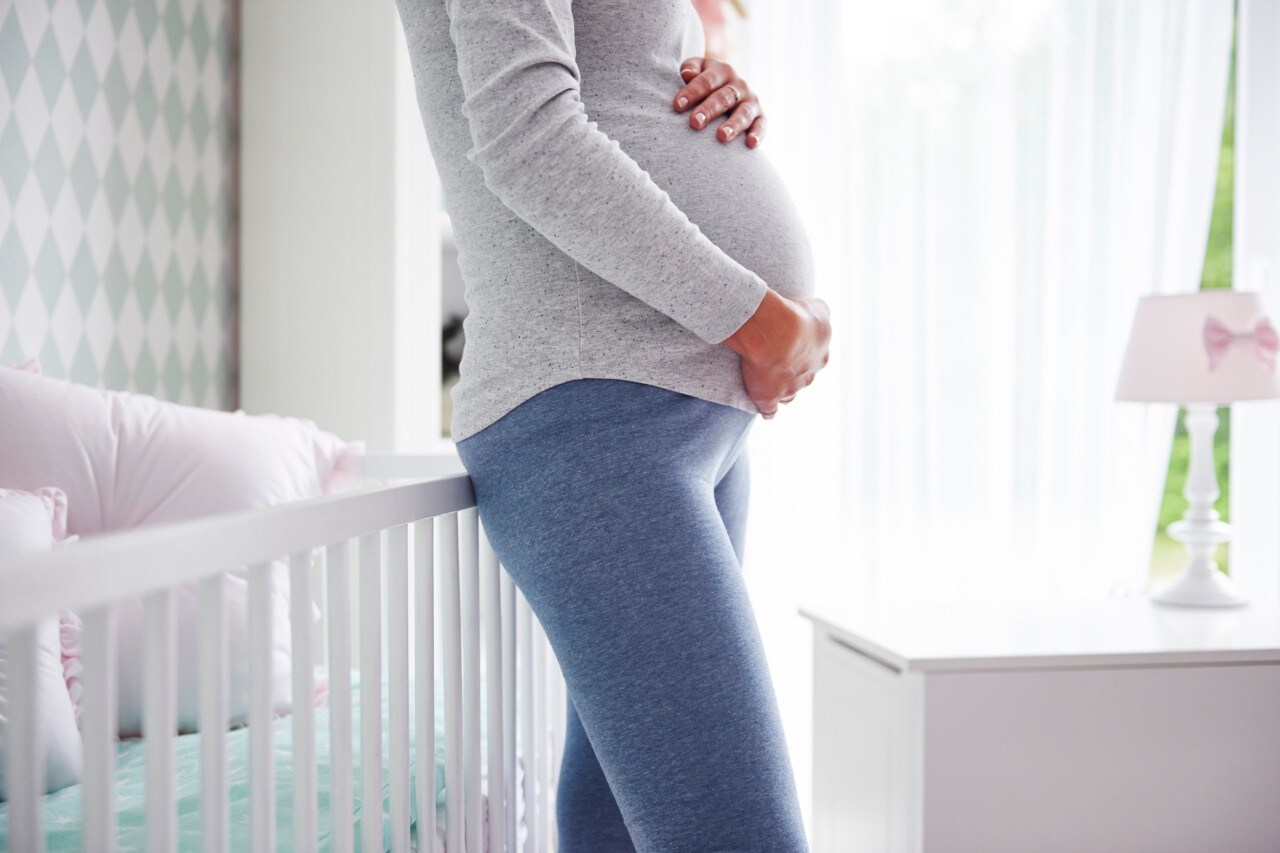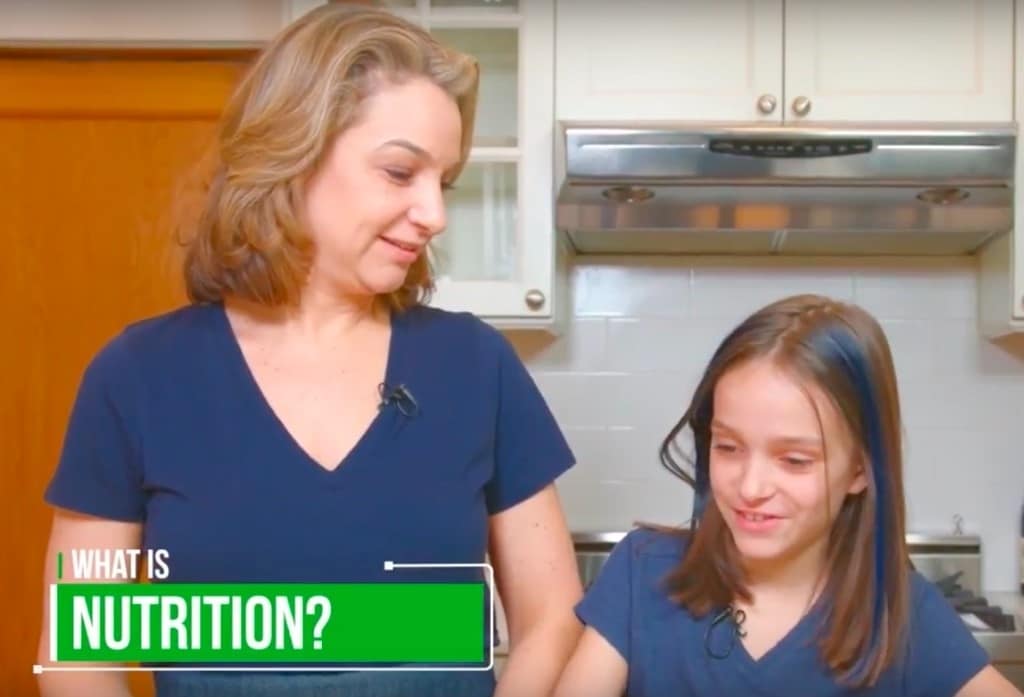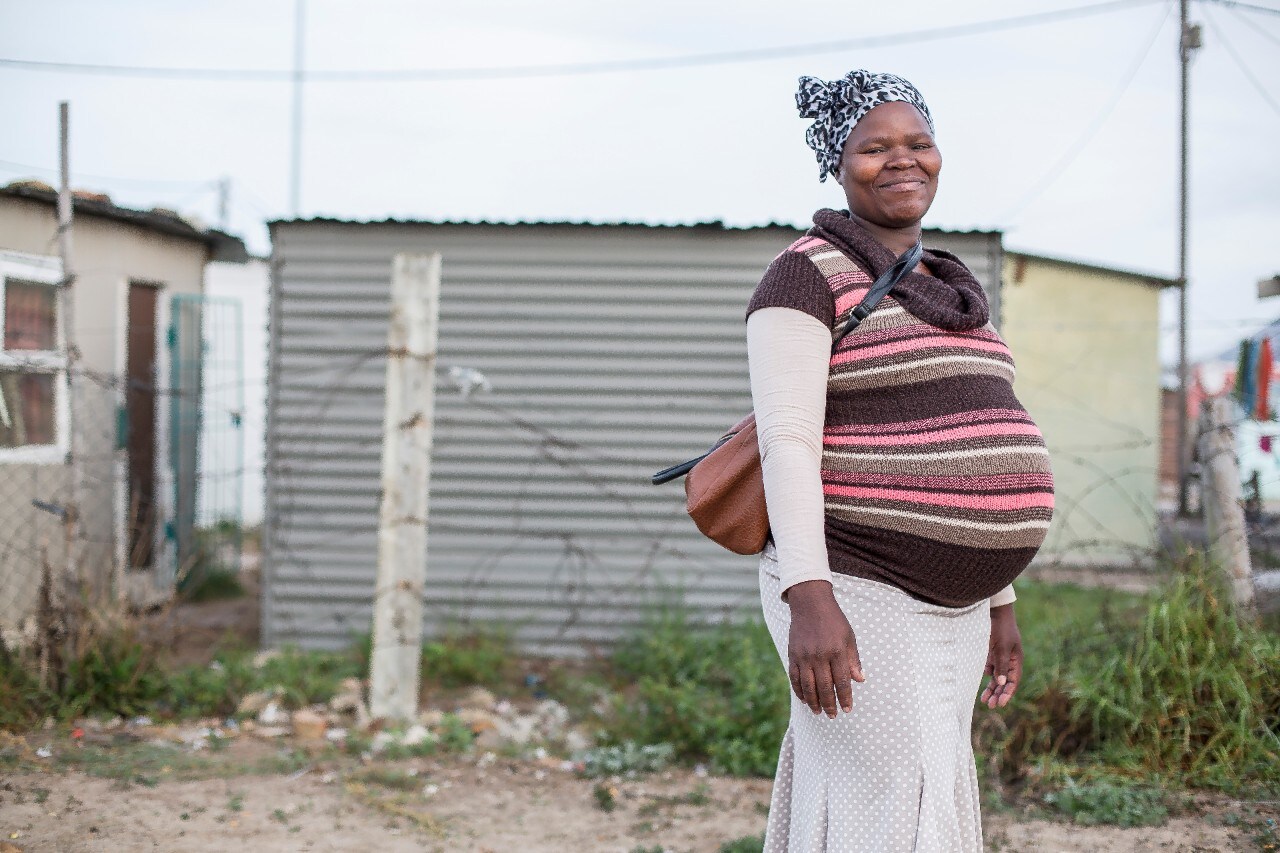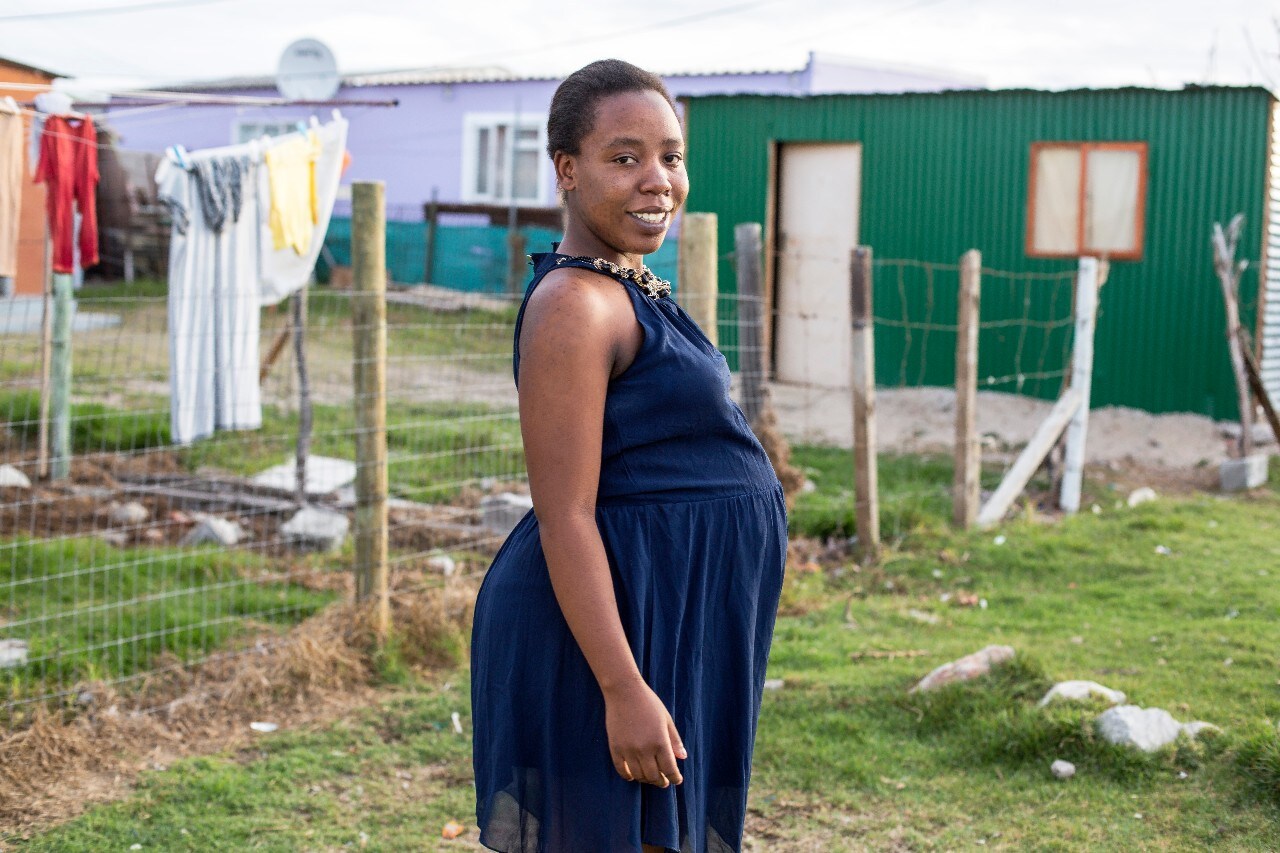Every now and then this truism circulates on social media: "Whatever you give a woman, she will make greater. If you give her sperm, she'll give you a baby. If you give her a house, she'll give you a home. If you give her groceries, she'll give you a meal. If you give her a smile, she'll give you her heart. She multiplies and enlarges what is given to her.”
While the sentiment is true, for too many girls and women the facts are often very different. Adolescent girls may be the most neglected group in African society. Their access to resources is limited, they are often perceived as a liability, they seldom have a voice and they are particularly vulnerable to exploitation and violence.
In Sub-Saharan Africa, there are more adolescents than any other age group, with approximately a quarter of the region’s population aged 10–191. Adolescence is the second most physically demanding growth period after the first year of life - it is when we gain up to 50% of adult weight, 20% of adult height, and one third of adult bone mass2. Meeting our full potential during this time requires meeting our protein, fat and other vital micronutrient (vitamins and minerals) needs. But the adolescent girl who falls pregnant, needs good nutrition even more – she has to provide for her needs and those of her growing foetus.
Adolescent mothers - double jeopardy
The World Health Organization reports that 16 million adolescent girls give birth every year1. In Kenya, nearly 18% of adolescent girls aged 15-19 are mothers3. In South Africa, 16% of women aged 15-19 have begun childbearing4.
According to The World Bank, the economic benefits of improving adolescent nutrition and delaying pregnancy can be as much as 30% of a country’s Gross Domestic Product (GDP)5. That’s significant.
The consequence of undernourishment and a lack of micronutrients in adolescent girls who become mothers is not talked about, yet it shapes the future of the next generation. Here’s how.
Most pregnant adolescent girls drop out of school, restricting their earning potential and life choices. But the implications go deeper. Because she is still growing herself, the pregnant adolescent’s nutrient requirements multiply and there is evidence of competition between mother and foetus for nutrients. Every day in developing countries 20,000 girls under 18 give birth6.
The short term consequences for mother and baby are severe. Complications in pregnancy and childbirth are the second leading killer of adolescent girls in developing countries. Those who survive give birth to babies who are at risk of low birth weight and early death.
In the long term, a malnourished mother probably had a malnourished mother and she will perpetuate a cycle of malnutrition that continues down the generations.
Adolescence is a nutritionally vulnerable time during which underweight and overweight can both be common.
Underweight and short for age
In addition to the risks already mentioned, children of underweight adolescent mothers are at increased risk of diet-related non-communicable diseases such as diabetes, heart disease and cancer in later life.
They are also at risk of stunting (never reaching the desired height for their age) which has dire long-term effects including delayed mental development, poor school performance, reduced intellectual capacity and disease later in life. This ultimately translates into lower income potential and higher likelihood of poverty.
Why worry? UNICEF states that between a quarter and a half of adolescent girls between 15 and 19 years are underweight7. This means if these girls fall pregnant the impact of their undernourishment goes on to negatively impact their child from birth to death.
Overweight
Equally, children of overweight pregnant women are at increased risk of negative health outcomes. Among South African adolescent girls, the total overweight and obesity figure is 27% - that is just over a quarter4.
Detrimental physical consequences include increased cardiovascular risk factors, diabetes, high blood pressure and abnormal glucose metabolism and diabetes. There are also emotional consequences which, like the physical, can persist into adulthood.
Anaemia
Approximately half of adolescent girls living in Sub-Saharan Africa are anaemic because they are not receiving the necessary vital vitamins and minerals, most especially iron8. As a result, their physical work capacity is lower, as is their cognitive functioning and school achievement. Iron deficiency anaemia is the third most important cause of lost disability adjusted life years (DALYs) in adolescents9. This does not bode well for their future or for that of their children.
Children born to anaemic mothers are more likely to die before the age of one, or become ill, undernourished and anaemic themselves, thus perpetuating the intergenerational cycle of maternal and child malnutrition.
Cognitive functioning
Cognition represents a complex set of higher mental functions: attention, memory, thinking, learning, and perception. Cognitive development is influenced by many factors including nutrition and the connection between improved nutrition and optimal brain function is increasingly recognised.
The timing of nutritional deficiencies can significantly affect brain development. During puberty our brains are structurally reorganised as brain and cognitive maturation occur, and major developments take place in the prefrontal cortex, which is responsible for planning complex cognitive behaviour, personality expression, decision making, and moderating social behaviour.
This makes adolescence the best time to protect, promote and support optimal nutrition for girls, offering a window of opportunity to improve health, educational attainment and economic opportunities, not just for the girl herself but for her future children. Indeed, nutritional intervention during adolescence is the way to disrupt the intergenerational cycle of malnutrition.
Efforts to address child undernutrition have focused mainly on the first one thousand days between conception and a child’s second birthday. This is too late for women who are malnourished when they become pregnant. In fact, we need to focus on ensuring optimal nutrition in adolescent girls’ – they are the mothers of tomorrow.
Clearly, tomorrow’s mothers need good nutrition today.
Follow our campaign on Facebook (Bright4Africa Kenya and Bright4Africa South Africa) or Twitter (@Bright4AfricaK and @Bright4AfricaSA) as we cover different topics through the year on the important role of vitamins and minerals at significant life stages.
Download a copy of our infographic CLICK HERE










